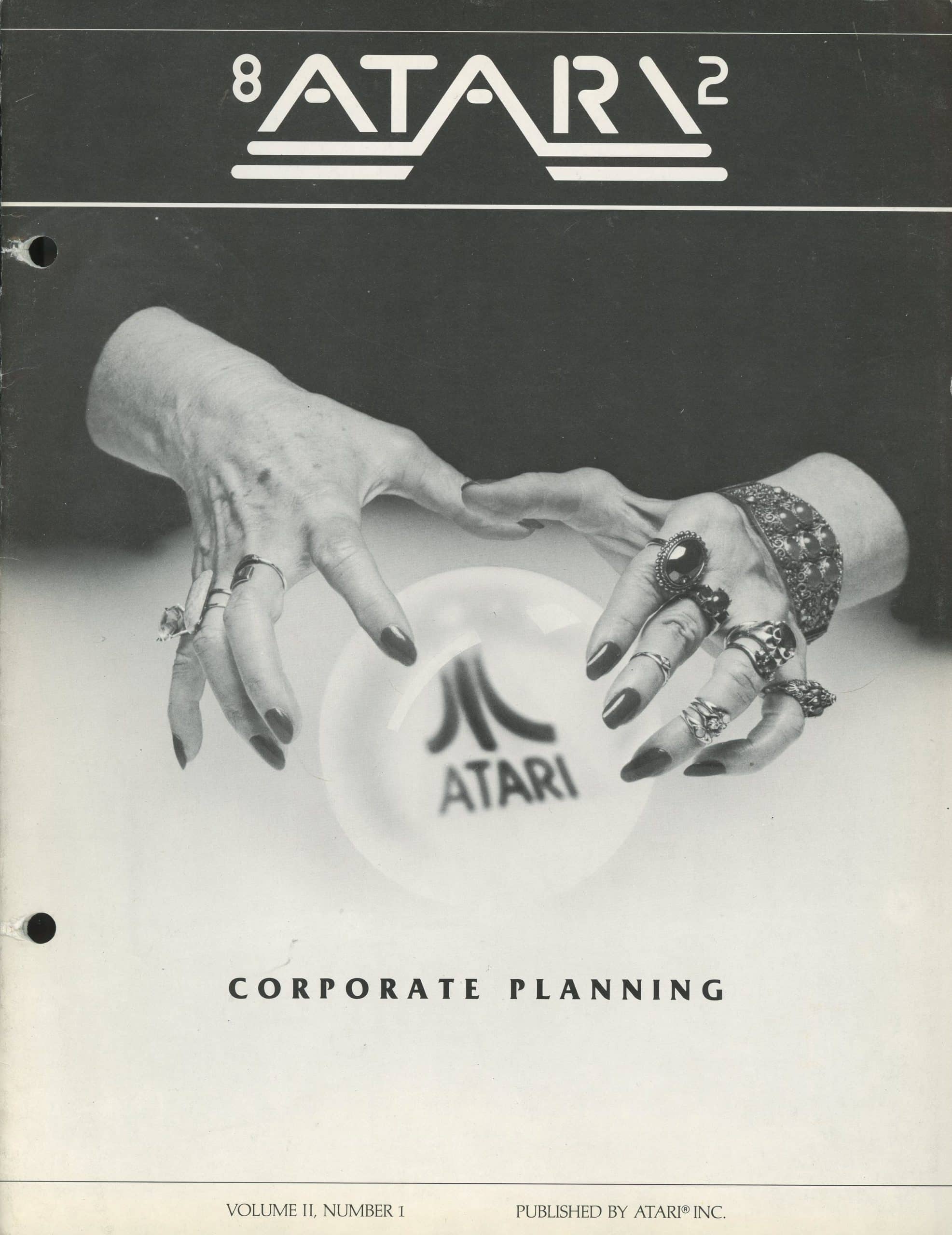 Several years ago as a graduate student, while working on my dissertation, I visited an archive to conduct research on the records of an advertising agency. As I searched through page after page of the collection’s finding aid, I couldn’t escape a sinking feeling that the archival gems I needed—internal agency memoranda, correspondence, and meeting minutes—were nowhere to be found. Determined to dig deeper, I eventually discovered a company newsletter filled with names, dates, and insights into how the agency worked. The archive had numerous issues of the newsletter, and they became a key source to helping me explain the thinking behind the agency’s sophisticated multimedia advertising campaigns.
Several years ago as a graduate student, while working on my dissertation, I visited an archive to conduct research on the records of an advertising agency. As I searched through page after page of the collection’s finding aid, I couldn’t escape a sinking feeling that the archival gems I needed—internal agency memoranda, correspondence, and meeting minutes—were nowhere to be found. Determined to dig deeper, I eventually discovered a company newsletter filled with names, dates, and insights into how the agency worked. The archive had numerous issues of the newsletter, and they became a key source to helping me explain the thinking behind the agency’s sophisticated multimedia advertising campaigns.
The International Center for the History of Electronic Games (ICHEG) has the honor of caring for the world’s most comprehensive public collection of historical electronic game materials, including materials from such pioneering brands as Atari, Brøderbund, and Strategic Simulations, Inc. These archival holdings provide scholars and other researchers with a wide variety of documentation, including company publications. Caring for these materials—some of which were intended solely for internal use while others were distributed to retailers, arcade operators, or consumers—reminds me of how invaluable they are.
Documents such as these help us to understand and interpret the history of electronic games in multiple ways:
First, newsletters provide screen shots of game play, photos of original games, and descriptions of how games work, all of which are particularly important when there is little to no evidence of a specific game left to examine. For example, the January/February 1981 issue of the internal company magazine Atari 81 includes a half-page story on the Atari “Cosmos,” a hologram and LED-based tabletop electronic game system that the company never released to its consumers.
 Second, internal newsletters often discuss a game company’s strategic planning, long-range goals, and overall understanding of the marketplace. An issue of the Atari 82 internal magazine features a cover story that describes the company’s strategic planning process and a long-range video game market study tasked with answering questions, such as “What will the market look like in 10 years?” “Will programmable game units, like the Video Computer System, still be in demand?” “Will home video games become part of interactive cable TV service?” “Will consumers still be playing video games at all?”
Second, internal newsletters often discuss a game company’s strategic planning, long-range goals, and overall understanding of the marketplace. An issue of the Atari 82 internal magazine features a cover story that describes the company’s strategic planning process and a long-range video game market study tasked with answering questions, such as “What will the market look like in 10 years?” “Will programmable game units, like the Video Computer System, still be in demand?” “Will home video games become part of interactive cable TV service?” “Will consumers still be playing video games at all?”
Third, newsletters provide us with broad views of an individual company and its industry, while internal memoranda and personal papers from executives—although invaluable sources—limit us to the views of company leaders. Newsletters such as Bally Manufacturing Company’s Bally-Who feature photos and stories about the factories and its workers and, therefore, document the people responsible for building arcade game cabinets, soldering electrical wires, and assembling games. There are photos of men and women working on factory floors, as well as photos of workers’ families, parties, and play activities that provide glimpses into employee life outside Bally’s manufacturing plants.
 Fourth, newsletters document and contribute to gaming culture. Many newsletters attempted to reach retailers, game operators, and consumers by including coverage of players’ high scores, contests, and player-generated game content. For example, nearly every copy of Strategic Simulations Inc.’s newsletter, Inside SSI, solicited or published scenarios from players for their war or strategy games. The company’s Fall 1991 issue includes a contest to design SSI’s next contest.
Fourth, newsletters document and contribute to gaming culture. Many newsletters attempted to reach retailers, game operators, and consumers by including coverage of players’ high scores, contests, and player-generated game content. For example, nearly every copy of Strategic Simulations Inc.’s newsletter, Inside SSI, solicited or published scenarios from players for their war or strategy games. The company’s Fall 1991 issue includes a contest to design SSI’s next contest.
For all these reasons, game company newsletters offer unique insights into the evolution of electronic games. If you have game company publications that you wish to donate, please contact The Strong’s ICHEG team. Current and future researchers will thank you for your contribution to preserving game company history.



